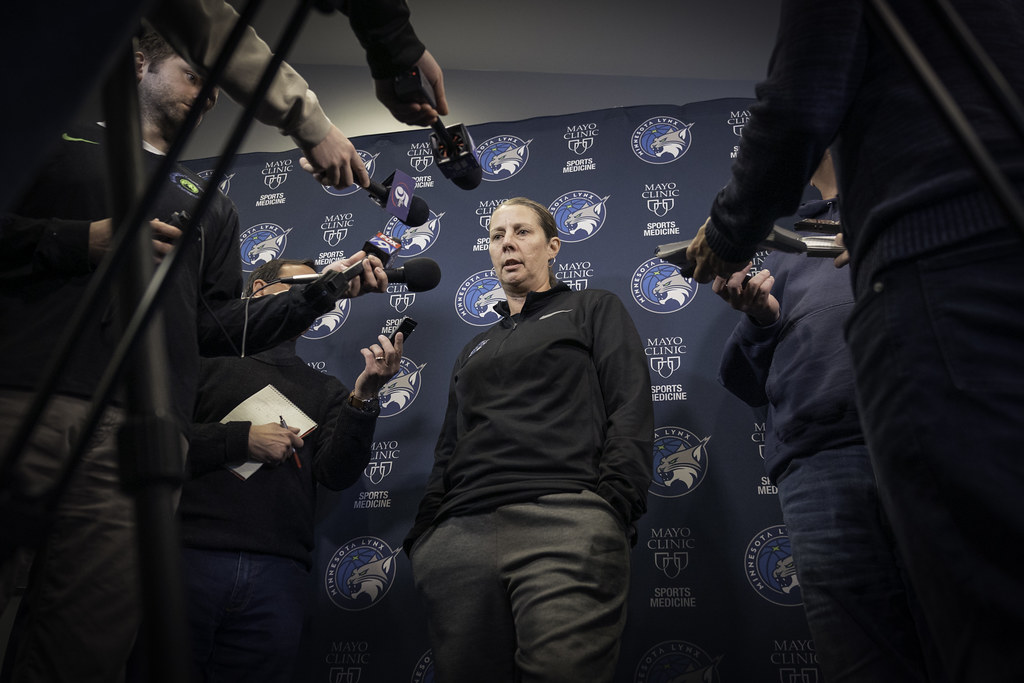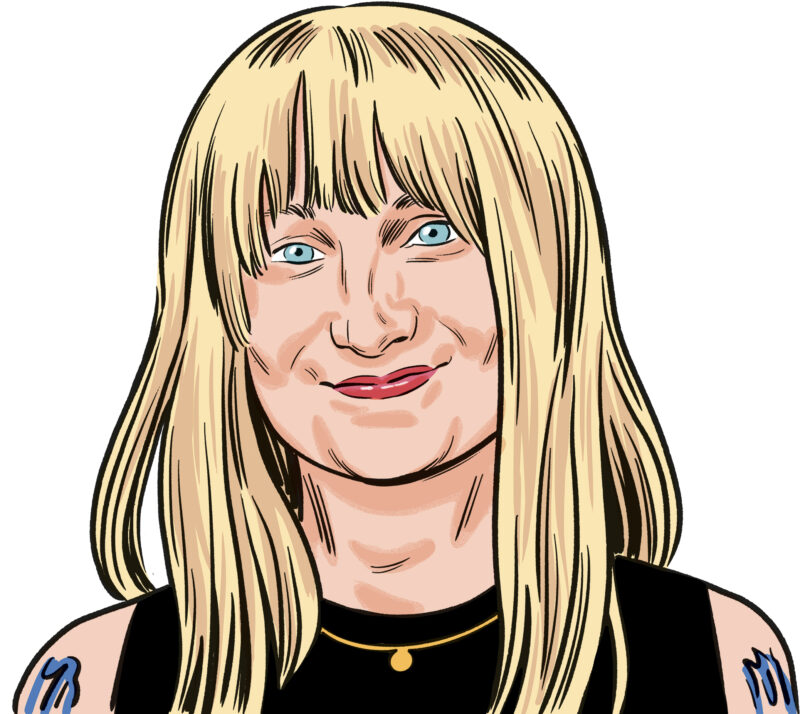
For years the WNBA’s business plan, in ambition and practice, focused on increasing the league’s visibility. It prioritized better broadcast deals and new streaming partnerships to secure more televised games. It leaned into the athletes’ outspokenness and tendency toward activism, and capitalized on the growing profiles of its biggest stars. By and large, it worked. Even before the groundswell of interest we’ve seen in women’s sports over the last two years, there was a steady uptick in the W’s popularity within and beyond its regional markets. The Caitlin Clark Effect has certainly had an impact—and now games sell out across the country and events move to larger venues even when Clark isn’t involved, proving that the league has, in many ways, achieved what it set out to do.
You have reached your article limit
Sign up for a digital subscription and continue reading all new issues, plus our entire archives, for just $1.50/month.
Already a subscriber? Sign in





